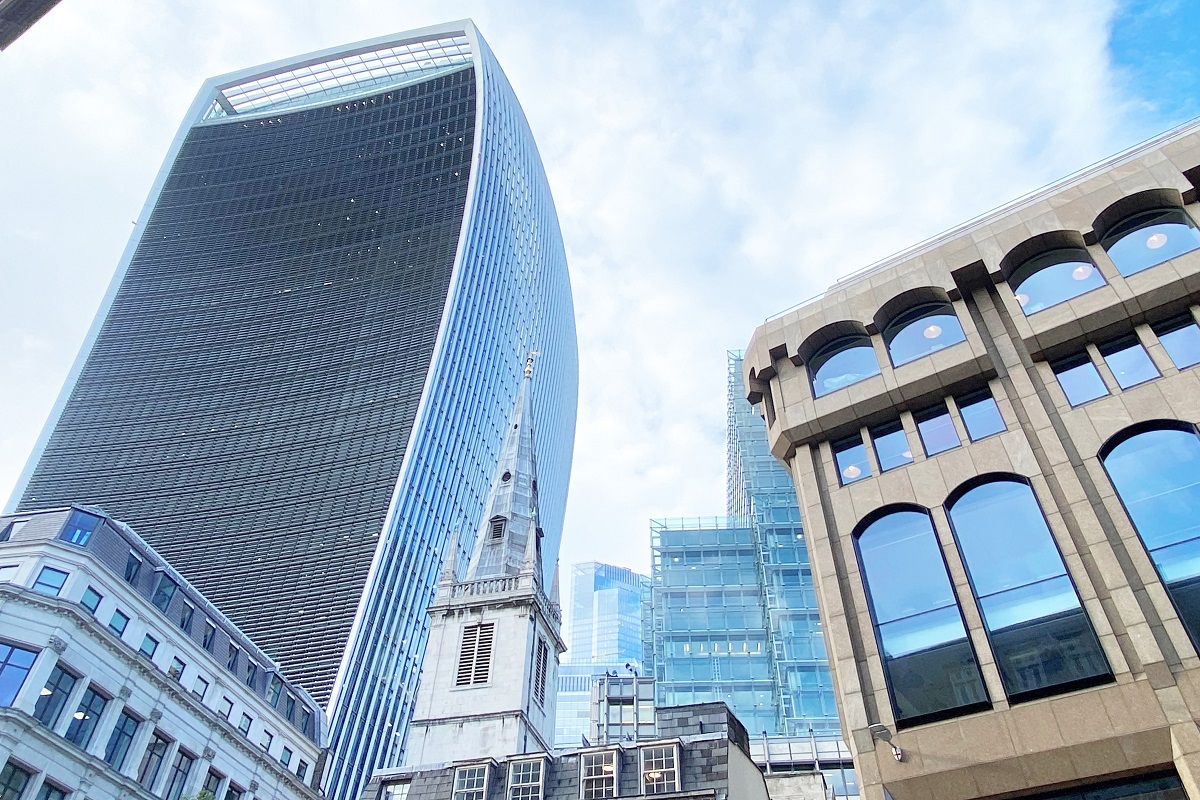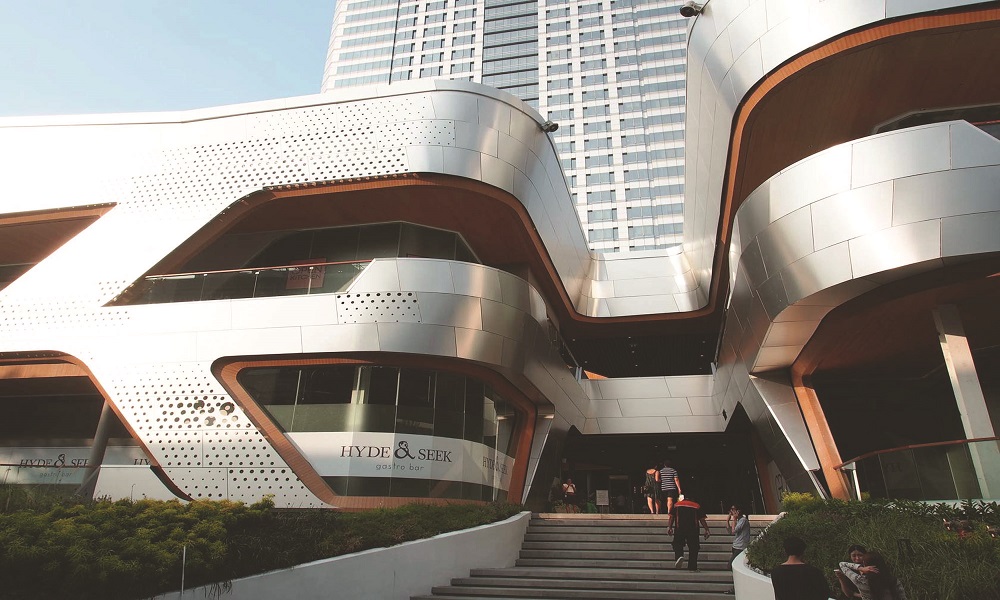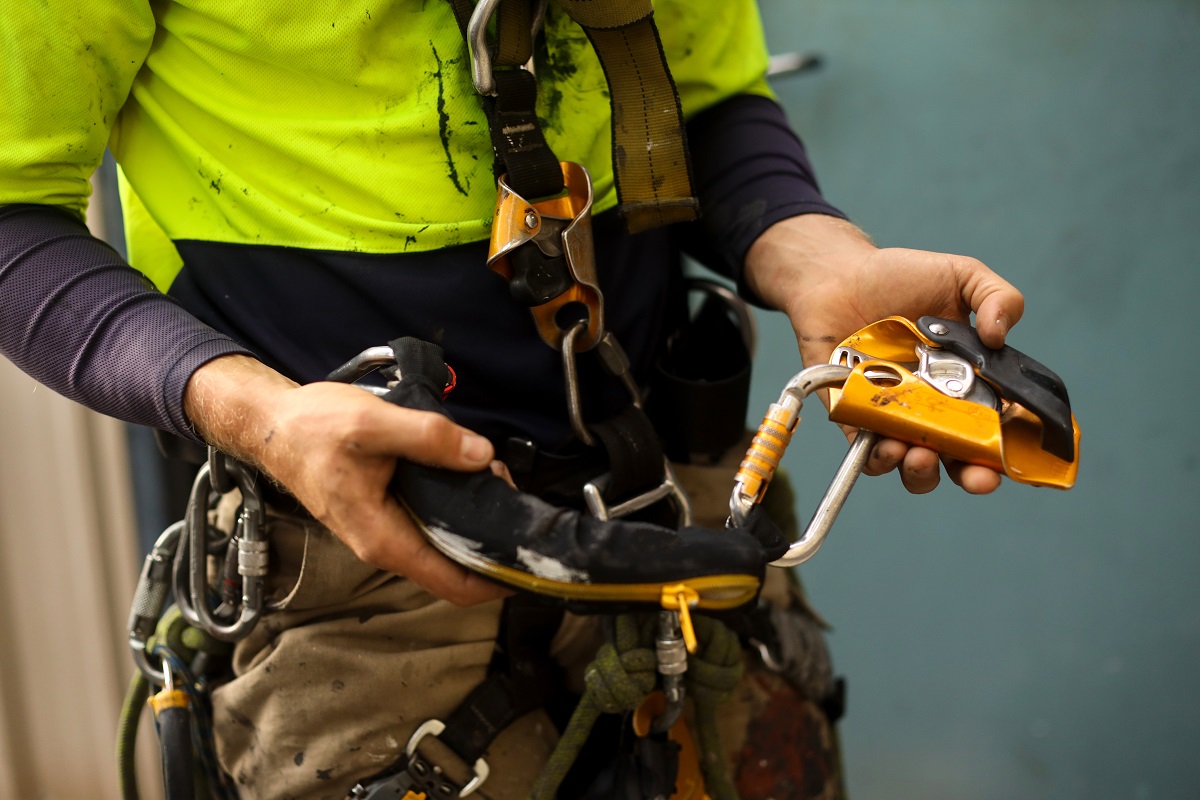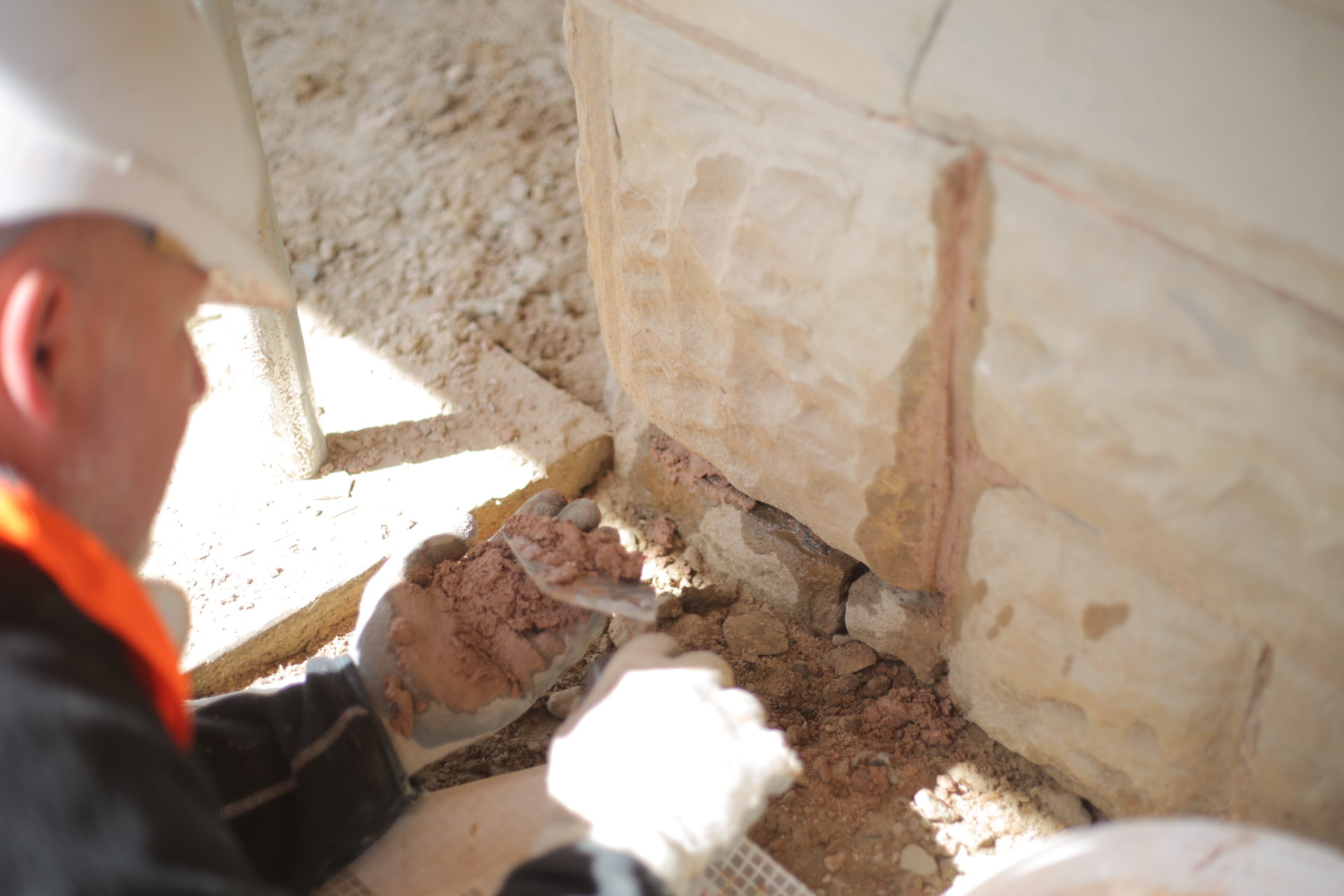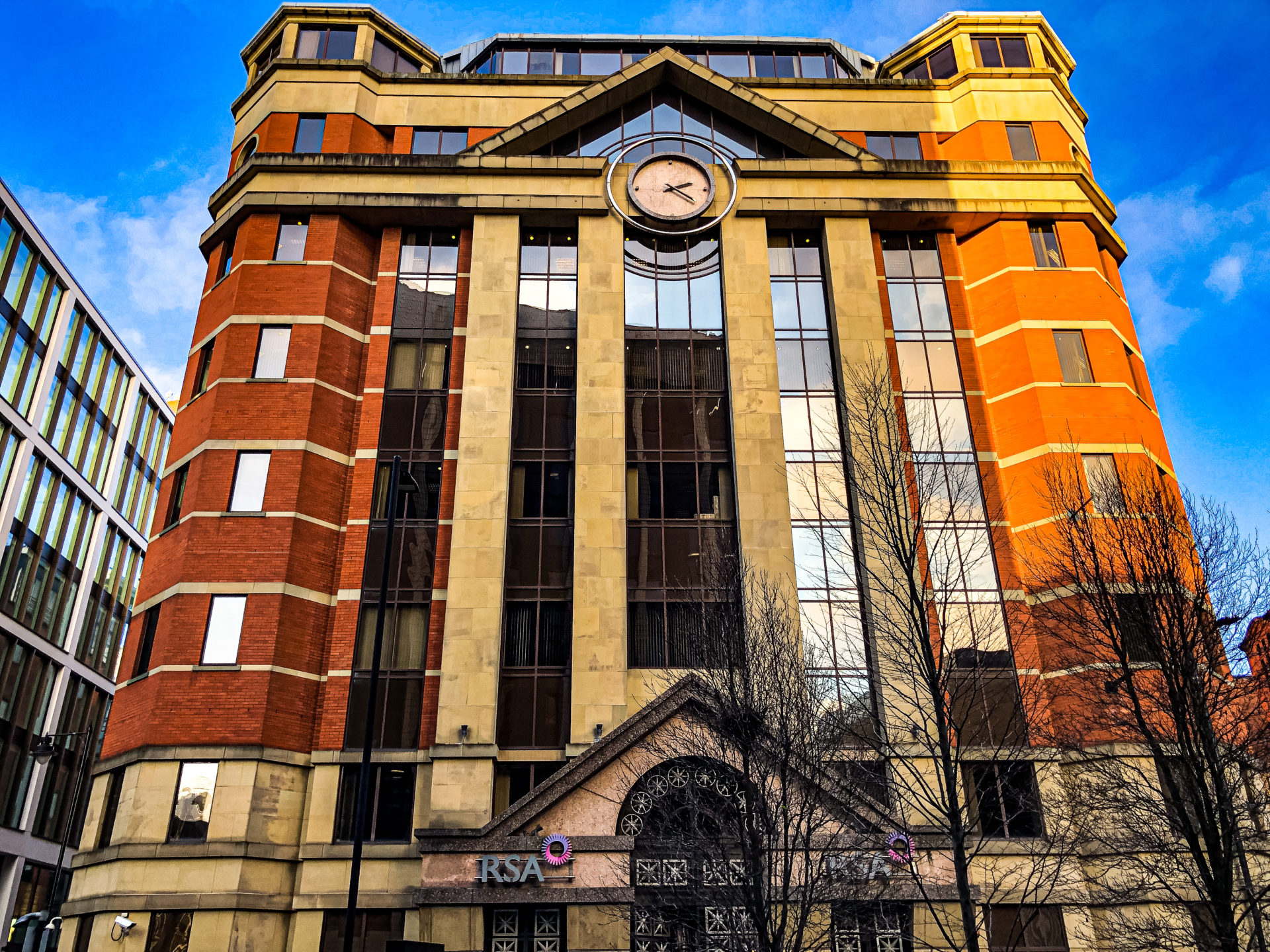With the broader implementation of environmental regulations across the globe and an ever-increasing demand for eco-friendly travel, sustainability in hospitality is no longer a mere buzzword. The decision-making framework of hotels with regards to design, construction and operations is becoming increasingly aligned with environmentally sustainable practices. Through systematic monitoring of environmental benchmarks such as energy, water and waste production, hotels are striving to improve their green credentials.
Sustainable hotels are leading the way, proactively working to reduce the footprint of their environmental impact through a host of green best practices to safeguard long-term environmental, social and economic sustainability. Below are five stellar examples of sustainable hotels that are disproving the myth that luxury and sustainable designs are not mutually exclusive.
Proximity Hotel (United States of America)
Located in Greensboro, North Carolina, the Proximity Hotel is on the path to becoming the most sustainable hotel in the United States. It currently holds the title of being a certified LEED Platinum ‘Green Hotel’, which is the highest rating awarded by the US Green Building Council. The hotel has implemented 70 sustainable practices to date with recycling as their top priority. 75% of the waste generated by the hotel is recycled. The reinforced steel used for construction is 90% recycled content.
The structure of the 147-room hotel is designed with ultra-efficient materials featuring 100 solar panels installed on the roof. The solar panels are responsible for heating 60% of the water for the hotel and the adjoining restaurants. The building uses 36% less energy and 30% less water than a comparably sized hotel. The walls and floors feature low volatile compounds significantly increasing the safety feature of the building. Natural daylight and fresh air are used for lighting and cooling, while 50 square foot windows connect guests to the outside world. To further enhance insulation and reduce the effect of rain, a vegetated rooftop is being planned for the future.
QO Hotel Amsterdam (Netherlands)
The four-star hotel is among the first hotels in Europe to receive a LEED platinum certification. QO has successfully integrated sustainability in the core building functionality with intelligent hotel façades at the forefront of their efforts. There are 819 movable façade panels that are responsive to both outdoor and indoor temperatures. Through advanced algorithms, energy balance is created within the rooms without additional expenditure of energy. The façade systems also detect the entry and exit of hotel guests, thereby adjusting the temperatures accordingly. Sliding aluminium panels are specifically designed to use passive solar energy and create an effective climate control system.
The sustainable design of QO is based on the principle of a circular economy where waste created by one component becomes fuel for another component. Surplus heat from the summer is stored in the hotel’s underground energy system, which is then used in the winter for heating purposes. This concept is also applied in the generation of electricity where discarded cooking oil from hotel kitchens is used as fuel. This innovative method not only creates electricity but generates additional heat energy which is used to maintain the temperature of the building.
URBN Hotel Shanghai (China)
URBN Hotel Shanghai has the unique distinction of being the first carbon-neutral hotel in China. The hotel has won numerous awards, including the ‘Sustainable Hotel of the Year’ in the Asia Pacific from HICAP (The Hotel Investment Conference Asia Pacific). URBN was also awarded the Best Boutique Hotel by ‘That’s Shanghai’ travel magazine for three consecutive years (2009-2011).
The 26-room hotel building was originally an abandoned warehouse, which was completely revamped and renovated using recycled construction waste. Locally sourced recycled floorboards and suitcases were used to create interior walls while old bricks from construction sites were used as materials for exterior walls. For air conditioning, a new technology known as ‘water-cooling air conditioning’ is implemented. The technology has managed to successfully reduce electricity costs by 50% through the restricted use of water for cooling systems.
Natural shading in the premises is provided through a living bamboo. Since the entire lobby is a bamboo forest, the need for air conditioning becomes unnecessary. Air purifiers have also been installed throughout the property to protect against air pollution making it a safe and healthy space for the visitors.
Crowne Plaza Copenhagen Towers (Denmark)
The 4-star Crowne Plaza Copenhagen Towers is one of the greenest hotels in the world being awarded the ‘Golden Nail’ by the UN Global Compact for being an innovative and environmentally friendly construction. As a certified Low Energy Class 2 Building, Crowne Plaza has devised innovative solutions to drastically cut its energy consumption.
It has built the largest integrated solar panel park in Northern Europe, a groundwater-based cooling and heating system. Crown Plaza Copenhagen Towers also has the largest façade-integrated Photovoltaics installation in Denmark. The façades are covered with solar panels and the heating/cooling system is operated through aquifer thermal energy storage (ATES) systems.
The carbon-neutral hotel is reported to be saving 1,373 tonnes of C02 on an annual basis, thanks to the sustainable build and focus on environmental awareness. Compared to conventional hotels, Crown Plaza Copenhagen Towers has been successful in reducing its energy consumption by 53%.
Whitepod Eco-Luxury Resort (Switzerland)
Located in the Swiss Alps, this eco-luxury hotel is truly unique in its design. The purpose was to bring harmony to the environment while maintaining the resort’s luxurious outlook. The hotel has solid sustainability credentials winning the World Prize for Sustainable Tourism in 2005.
The construction consists of 15 geodesic domes resembling the shape of a giant snowball. Each dome is constructed with a network of triangles to create a self-supporting frame. The domes are anchored on a wooden platform which isolates them from the effects of the snow and freezing temperatures of the surface. The absence of angles allows for continuous airflow and stable temperature inside the domes. The unique design of the pods ensures that the materials are required for the structural design are less. Furthermore, the consumption of energy is 30% less than the average buildings.
The pods are removable and can be dismantled without leaving any significant traces of past existence. The structures are fully equipped to cope with snowstorms and can withstand snowfall of 45 pounds per square foot with an intensity of up to 130 miles per hour.
To minimise water and energy consumption, water-saving devices and timed water boilers are used. The night lighting is limited, with the colours of the pods being adjusted according to each season, with white in the winter and green in the summer.
At Building Transformation, we will work with you to help you understand your building and create sustainable building maintenance plans that sensitively care for, restore, repair, and protect your hotel buildings to ensure they last.
Contact us today, we can devise and execute bespoke sustainability plans, unique to your property, that is compliant with global sustainability targets and needs of 21st-century buildings.

